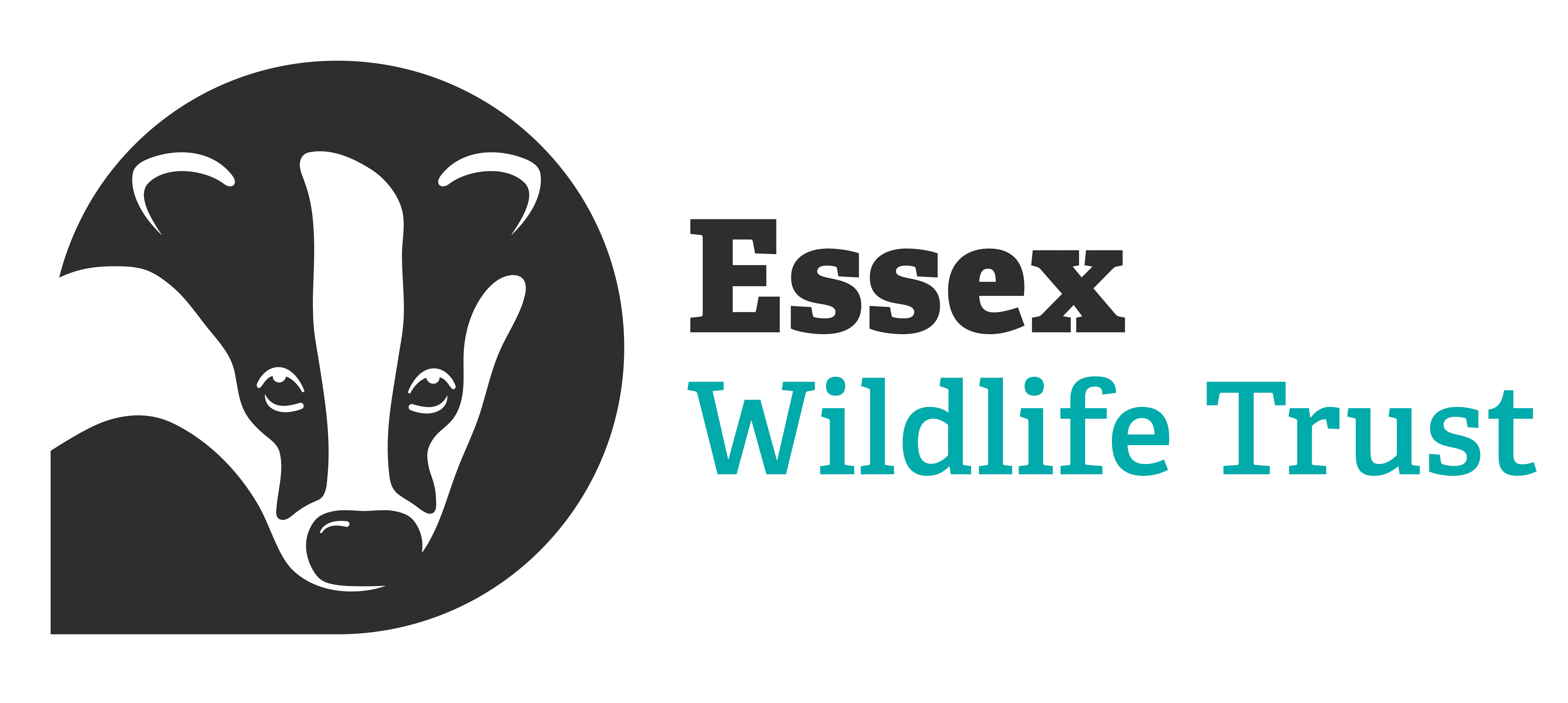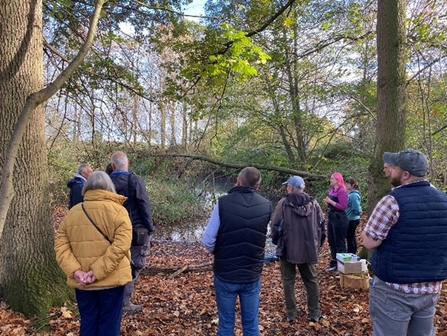Breeding bird survey
Throughout spring and summer, ecologists and volunteers have enjoyed many early mornings listening to the dawn chorus across our reserves. Our team have been monitoring breeding birds, to gain valuable data that will inform conservation works, protecting their future.
Across 35 of the Trust’s nature reserves, 101 different bird species were identified. Nature is facing an ecological crisis, and relatively low numbers of some species, for example greenfinch, chaffinch, bullfinch and willow warbler, reflects the wider regional and national trends of decline. However, we remain optimistic as species that are extremely vulnerable such as skylarks appear to be doing well on coastal grazing marsh reserves such as Blue House Farm, Thameside Nature Discovery Park and Tollesbury Wick. Similarly, turtle doves at Wrabness and Abbotts Hall show that hope is not lost for these rare birds. Fingringhoe Wick Nature Discovery Park once again proved its national importance as a stronghold for the melodic nightingale.
It is too early in our monitoring programme to say if species are increasing or decreasing, but it is promising that our reserves are attracting, or have the potential to attract, new species that have recently colonised the UK. We will be looking to recruit additional volunteers to survey next spring, and welcome keen birdwatchers with great ID skills to join us.





